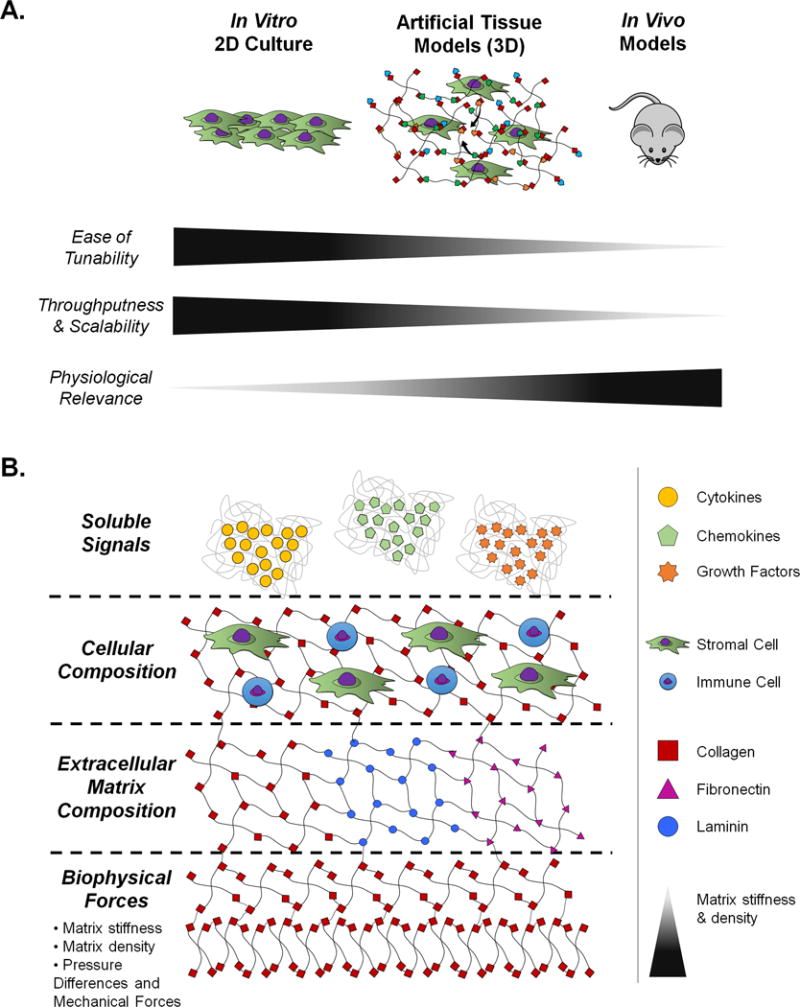Figure 1. The need for artificial tissue models.

A.) Conventional in vitro 2D cell culture models and animal models are compared to artificial tissue models with respect to tunability, throughputness, scalability, and physiological relevance. Relative increases are indicated by increases in the triangle next to each category title. B.) The biological control afforded by artificial tissue models is summarized in terms of its primary tunable components. These components are divided into soluble signals, cellular composition, extracellular matrix composition, and biophysical forces.
